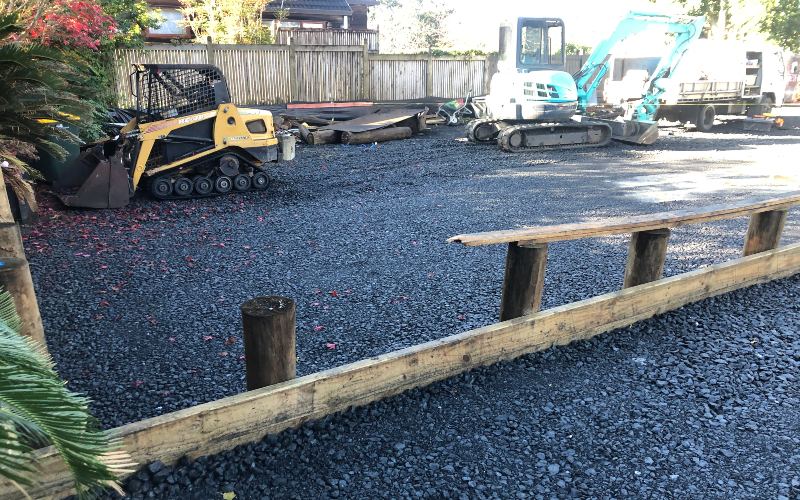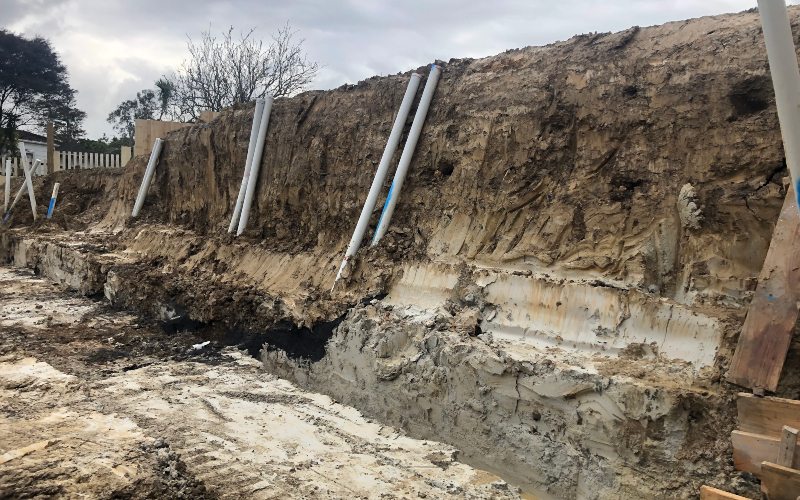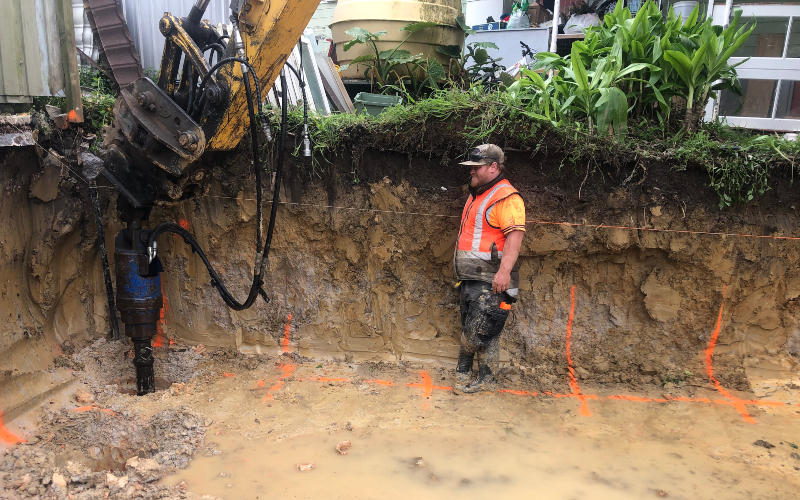LIQUEFACTION ASSESSMENT
Ground testing and assessment of liquefaction potential for the purpose of engineering design and technical categorisaion of land.
Liquefaction assessment has become an important part of geotechnical engineering throughout New Zealand, and particularly within the Canterbury Region following the Canterbury Earthquake Sequence. Subsequent to the earthquakes, a certain level of assessment is required by the Council for most developments and Consenting purposes.
The Ministry of Business, Innovation & Employment (MBIE) with the aid of industry/academic experts and the Local Authorities have prepared documents with regard to geotechnical requirements and land categorisation in the Canterbury region. This is subsequent to the wide spread impact of liquefaction during the Canterbury Earthquake Sequence on residential dwellings, commercial property, infrastructure and more. These events indicated that appropriate foundations and design were going to have to be a requirement for future development within land presenting a risk of liquefaction.
Following the completion of the MBIE Guidelines (2012) Repairing and rebuilding houses affected by the Canterbury earthquakes, and subsequent updates; areas of Canterbury were divided into residential zones (i.e. Green Zone and Red Zone). The Green Zone signifies areas suitable for residential development; these areas are further divided into “Residential Foundation Categories” and include:
- Technical Category 1 (TC1): Areas where land damage via liquefaction is considered unlikely from future large earthquake events.
- Technical Category 2 (TC2): Liquefaction induced damage from future large seismic events is expected to be minor to moderate.
- Technical Category 3 (TC3): Moderate to significant liquefaction induced land damage is to be expected as a consequence of future large earthquake events.
These zones have been applied to assist engineering assessments of residential areas. The level of geotechnical assessment and foundation requirements are generally governed by the potential for liquefaction induced damage. This includes the surface manifestation of liquefaction ejecta, vertical settlement and lateral ground movements.
The Process
LandTech specialise in comprehensive liquefaction assessment and analyses that incorporate the appropriate level of field testing and modelling, detailed for each project. Field data is assessed using the latest computer modelling software that is calibrated to represent the ground conditions on a site-specific basis.
Following the assessment process, which involves modelling the site data for the required design levels of seismicity (i.e. Serviceability Limit State and Ultimate Limit State design), we pride ourselves on providing cost effective and practical foundation solutions for our Clients. During this process we are more than happy to work alongside our Clients appointed Structural Engineers, Architects and/or appointed Consultants.
Years Expereince
Completed Projects
Our Services
Geotechnical Investigation
Soil testing, liquefaction analysis, geotechnical site assessments, suitability reports & development recommendations.
Engineering Geology
Hillslope stability analysis, engineering geologic/geomorphic mapping and hazard risk assessment.
Cone Penetration Testing (CPT)
Cone penetration testing (CPT) for deep geotechnical tests for soil type and in situ pore-water pressure.



